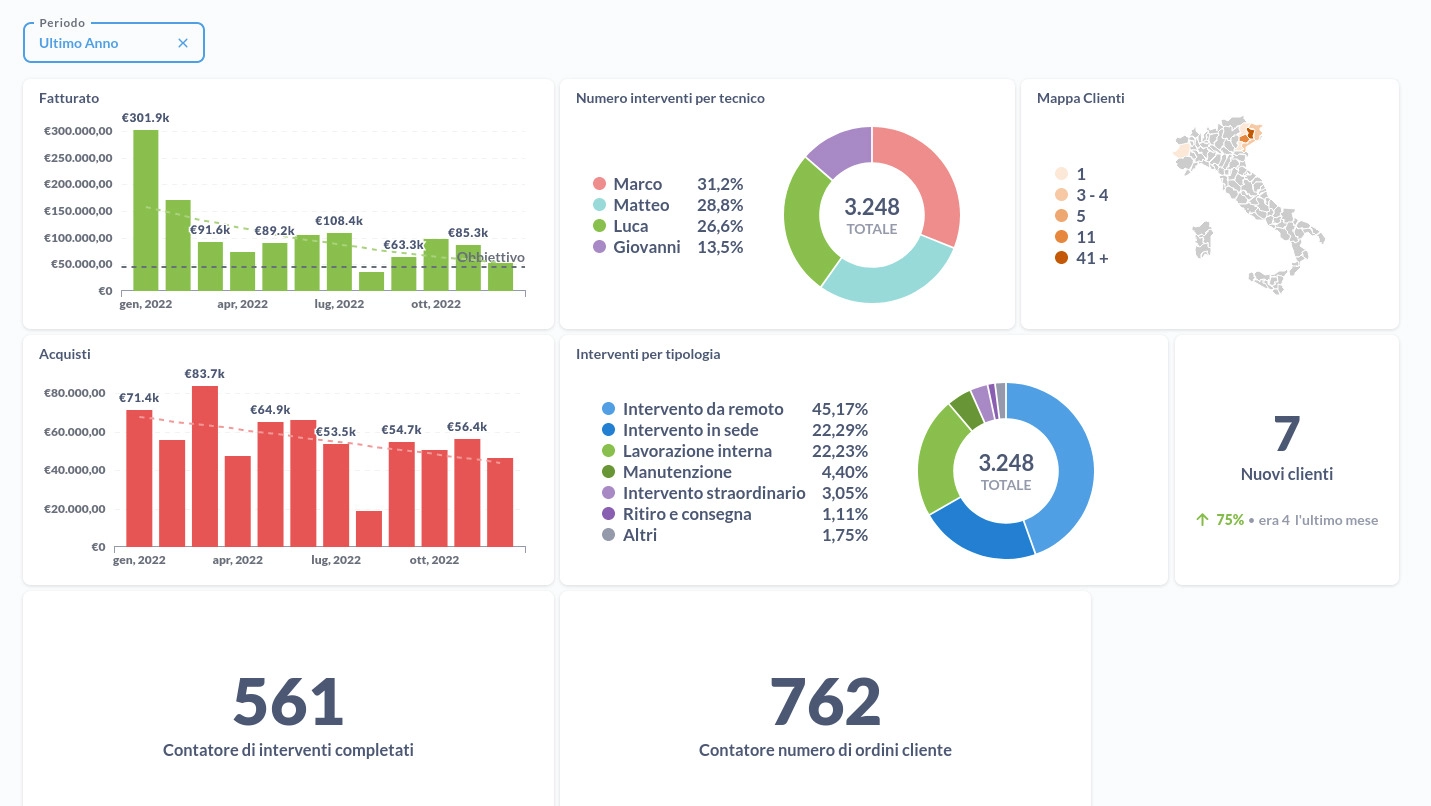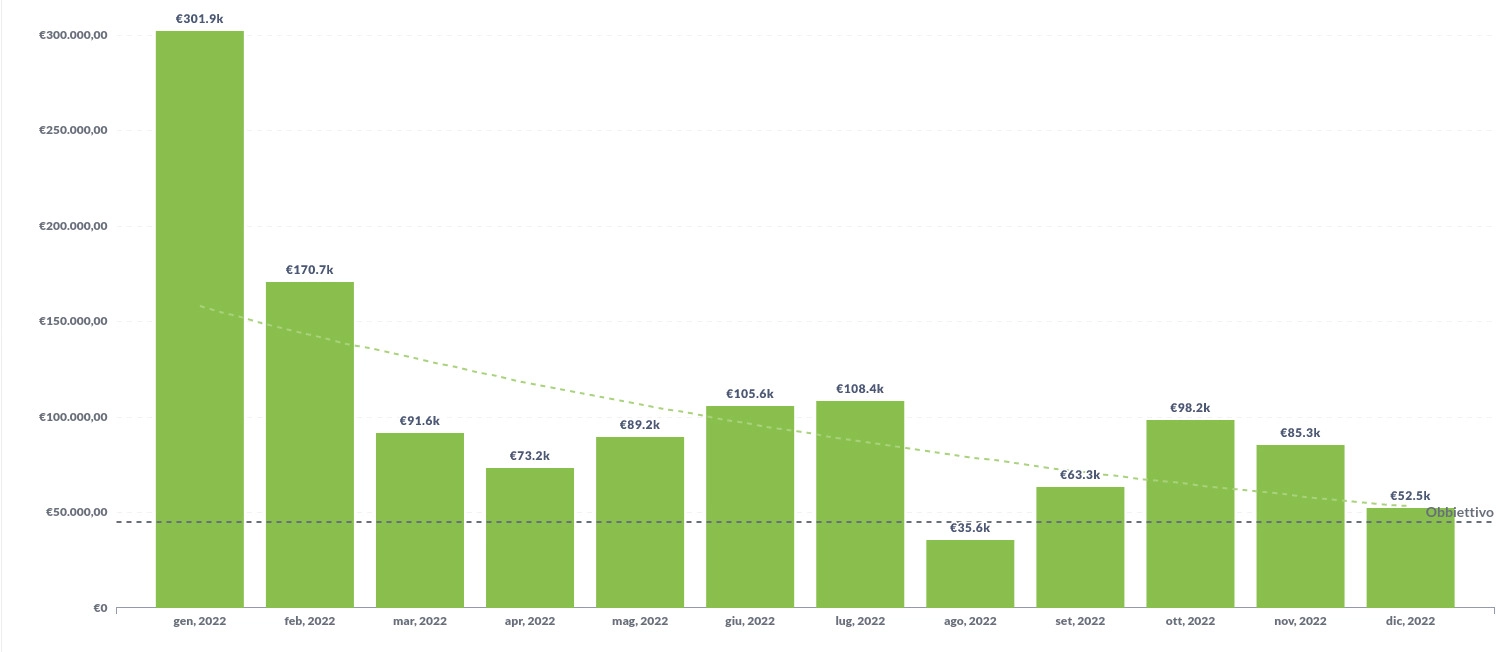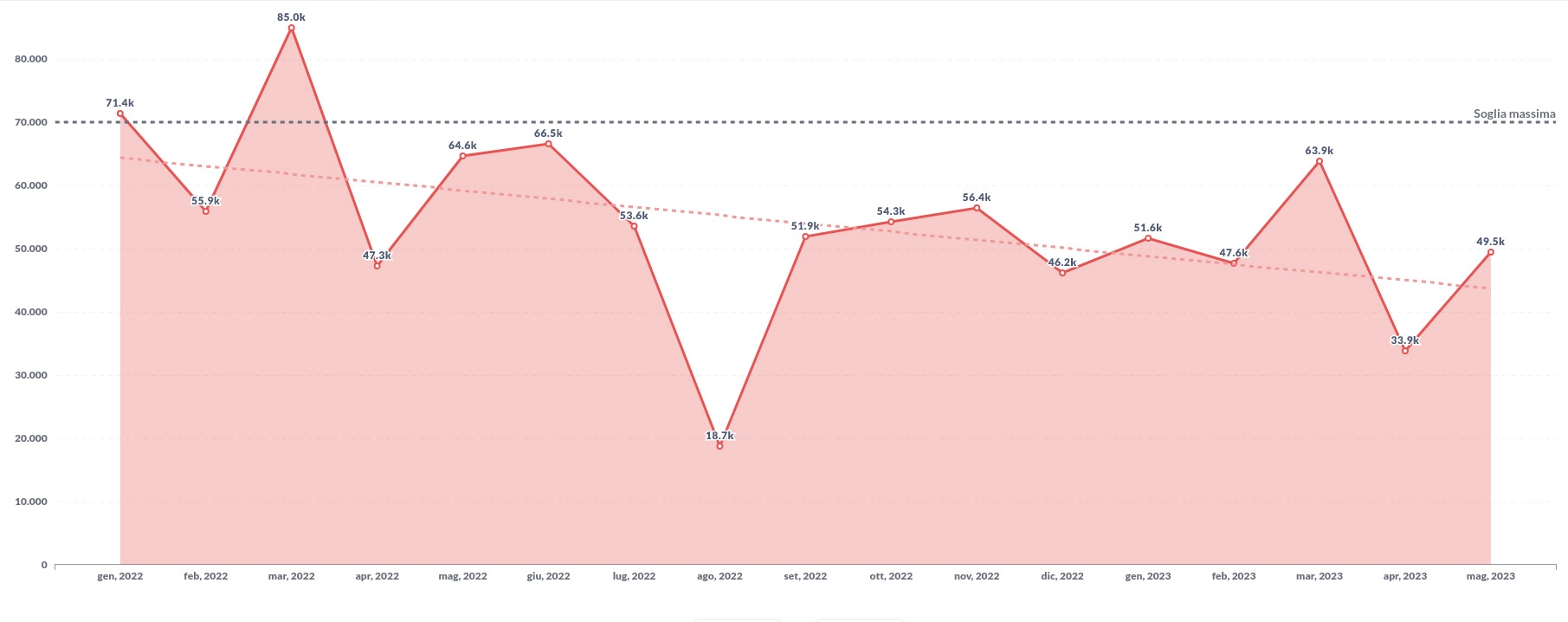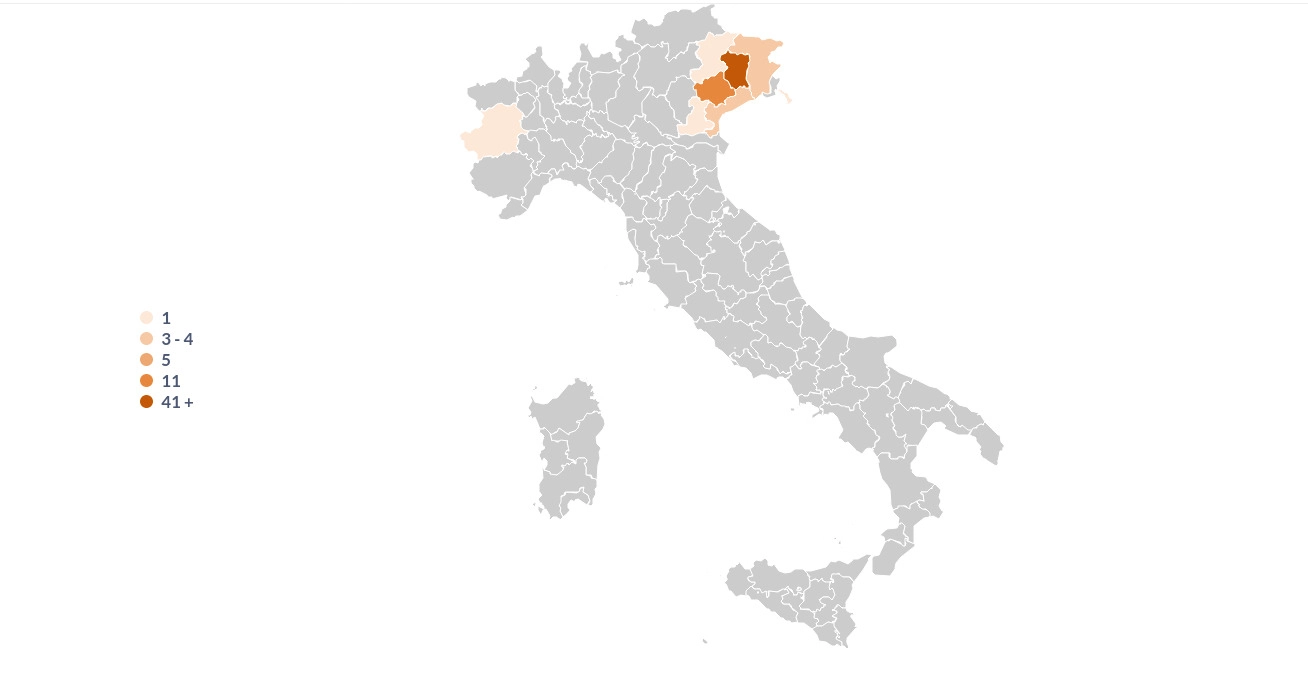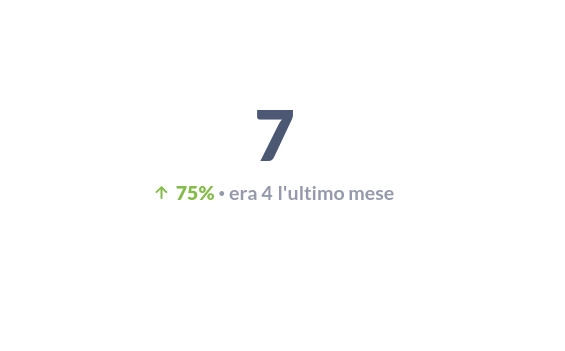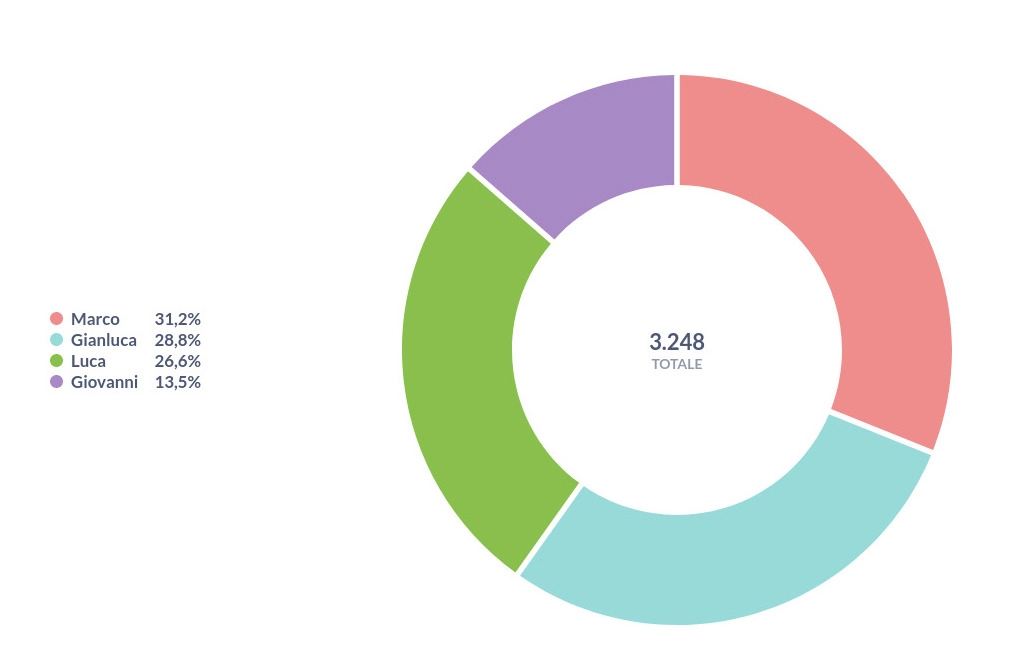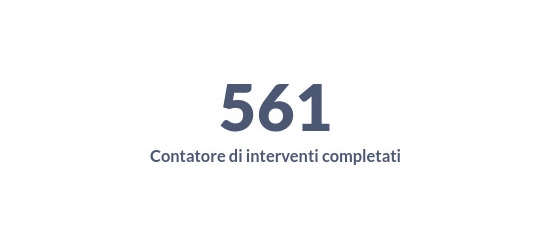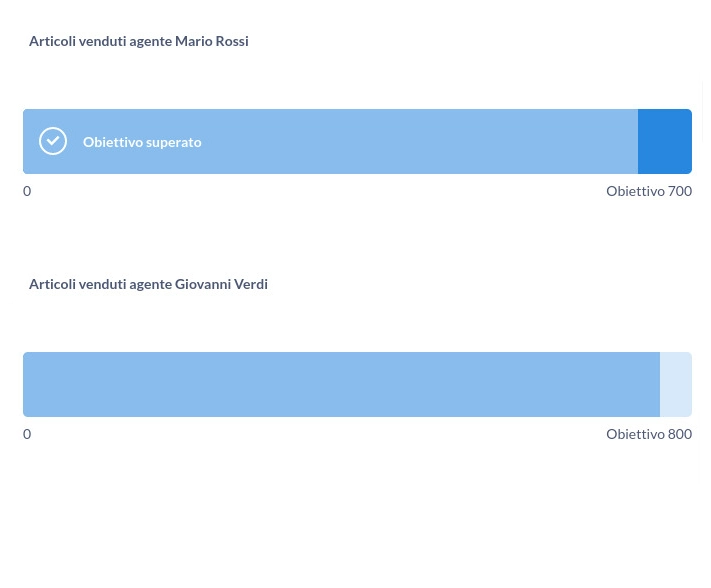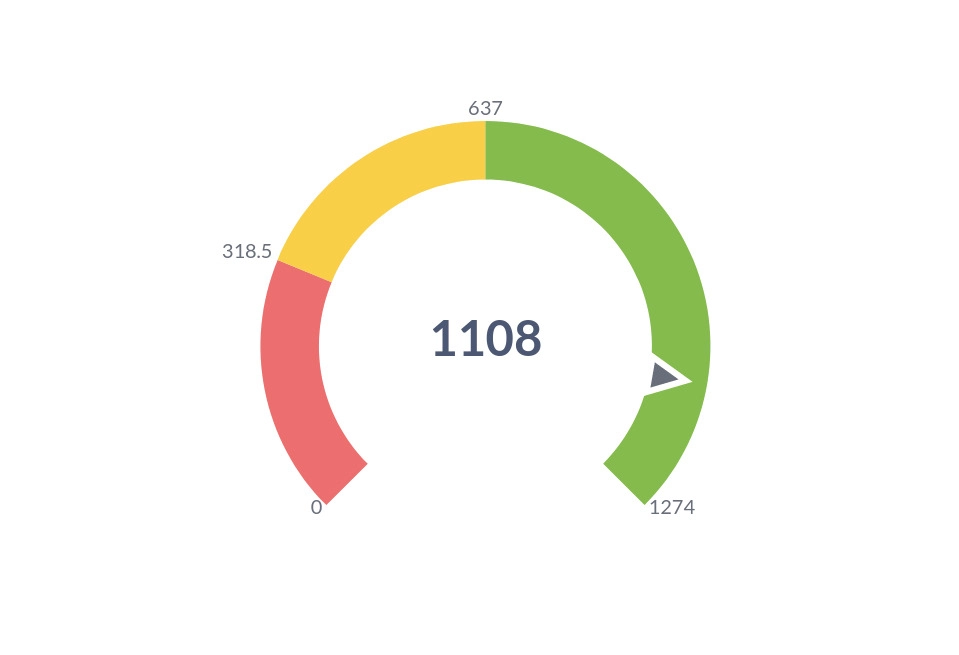Business Intelligence is a tool for collecting, storing, and analyzing data within your management software, with the goal of improving your company's performance.
How popular are your products and services among customers?
What type of intervention keeps your technicians most occupied, and with what productivity?
What is the monthly revenue? How much are the expenses?
Can you meet the delivery dates for customer orders?
The answers to these and many other questions can be visualized on graphs tailored to your specific needs, directly in your management software.
